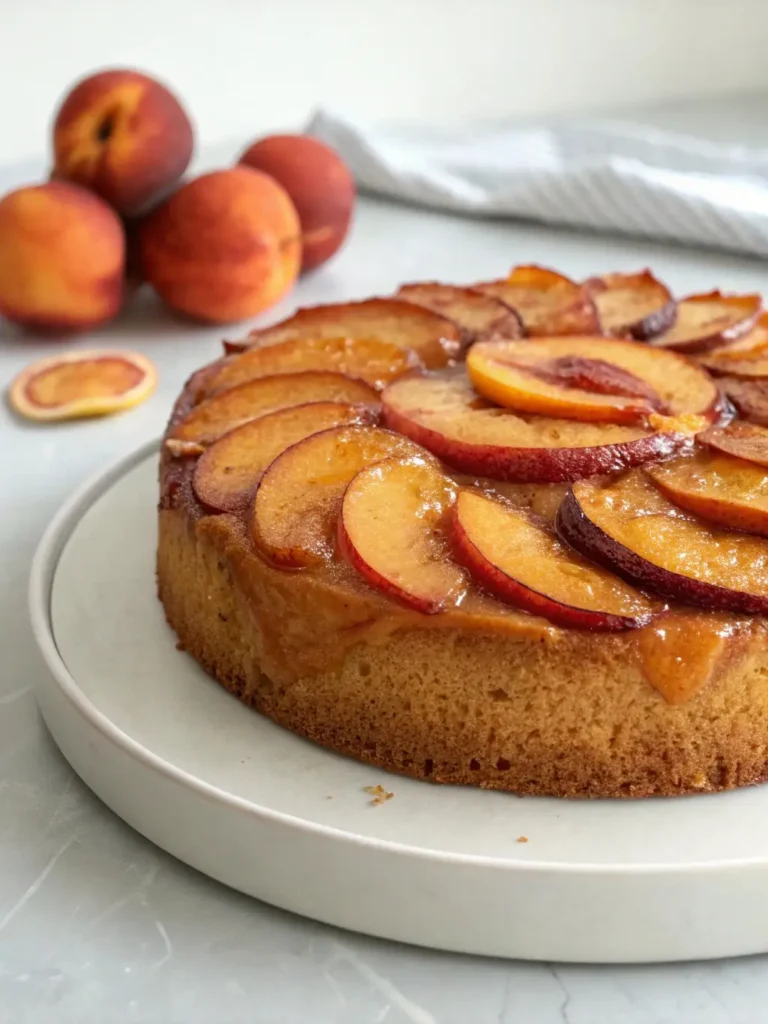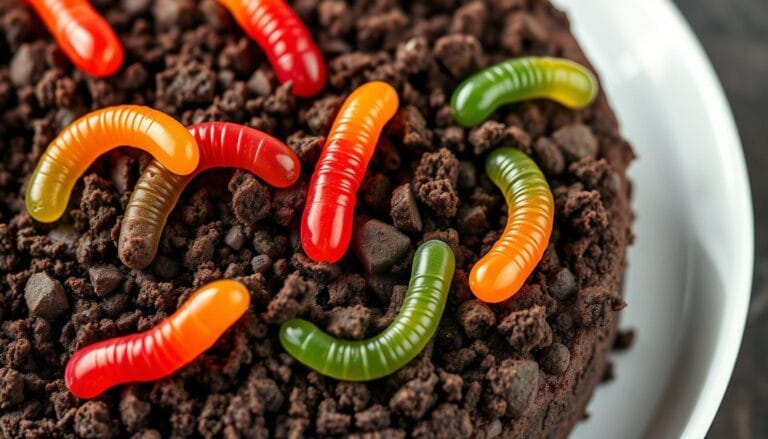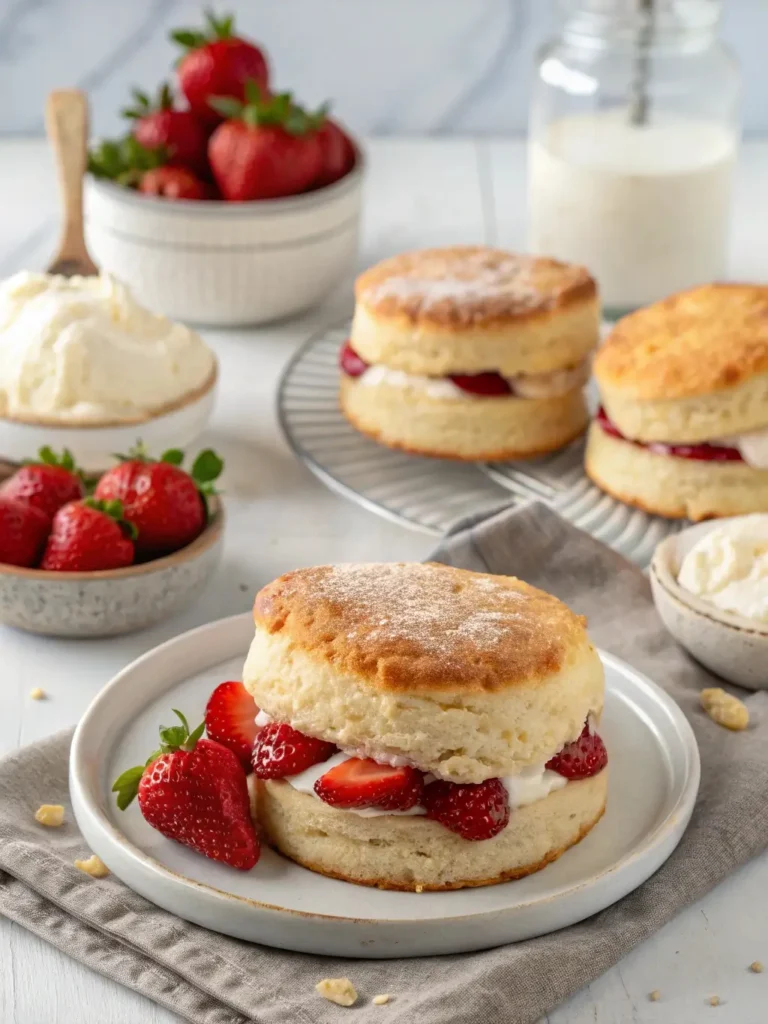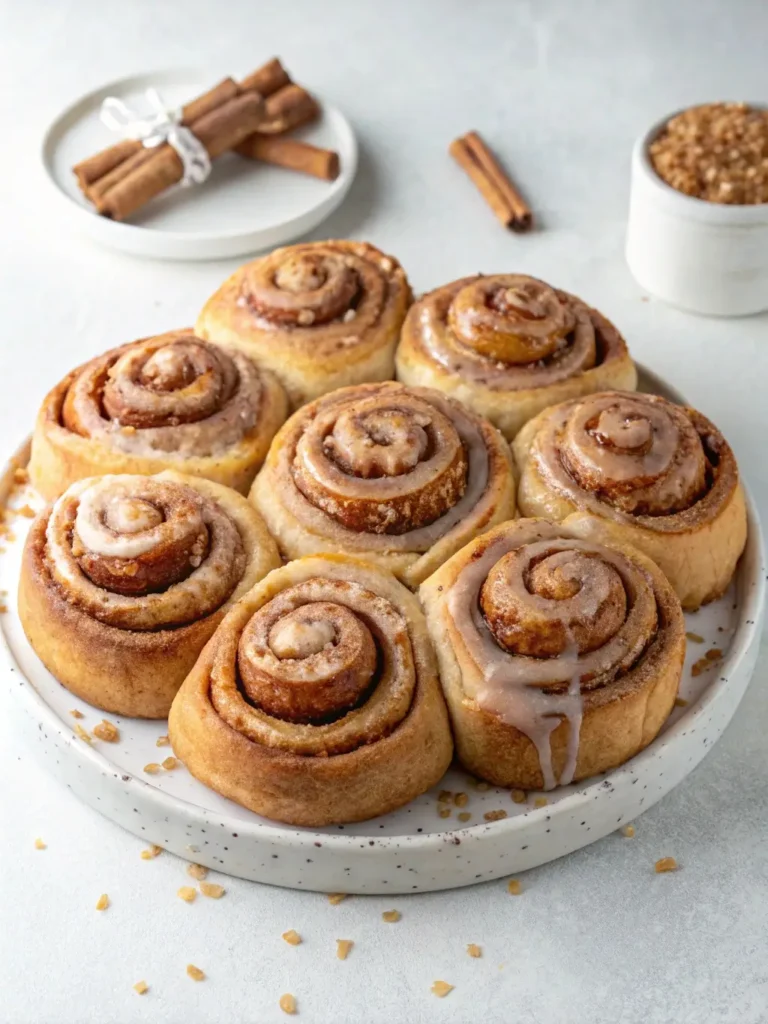Pound Cake Recipes from Scratch: 7 Easy Ways to Perfect It
Table of Contents
Did you know that the original pound cake recipe called for exactly one pound each of butter, sugar, eggs, and flour, yet modern bakers achieve superior results using significantly different proportions? This fascinating evolution in baking science challenges the traditional one-to-one ratio that gave pound cake its iconic name. Today’s pound cake recipes have been refined through decades of culinary innovation, resulting in lighter textures and more complex flavors while maintaining the dense, buttery character that makes this dessert a timeless favorite.
Whether you’re seeking a classic vanilla pound cake for Sunday dinner or exploring creative variations with citrus zest and seasonal fruits, mastering the fundamentals of pound cake preparation opens the door to countless possibilities. The key lies in understanding how each ingredient contributes to the final texture and implementing proven techniques that ensure consistent, professional-quality results every time you bake.
Ingredients List
The foundation of exceptional pound cake begins with premium ingredients measured with precision. Each component serves a specific purpose in creating the characteristic dense yet tender crumb that defines this beloved dessert.
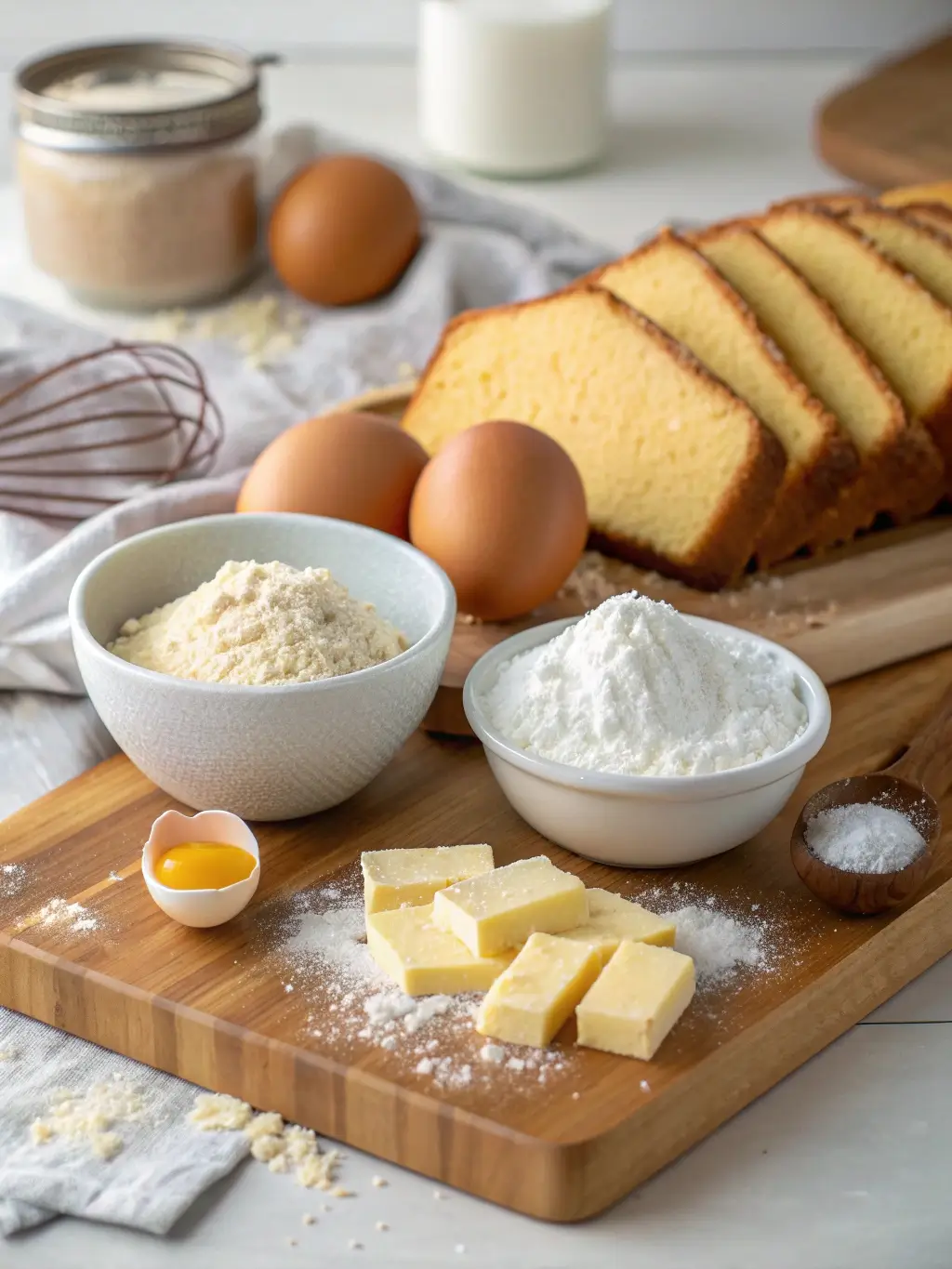
Essential Ingredients:
- 1 cup (2 sticks) unsalted butter, room temperature (European-style butter provides richer flavor)
- 1¾ cups granulated sugar (superfine sugar dissolves more easily)
- 3 large eggs, room temperature (cage-free eggs offer superior binding properties)
- 2 cups all-purpose flour, sifted (cake flour can be substituted for lighter texture)
- ½ teaspoon salt (sea salt enhances overall flavor complexity)
- 1 teaspoon pure vanilla extract (Madagascar vanilla provides optimal depth)
- ¼ cup whole milk or heavy cream (buttermilk adds subtle tang)
Substitution Options: Vegan bakers can replace butter with coconut oil (solid state) and eggs with flax eggs or aquafaba. Gluten-free alternatives include almond flour combined with tapioca starch, though texture modifications are expected. Sugar substitutes like erythritol work effectively at three-quarters the original amount.
Timing
Efficient time management transforms pound cake preparation from overwhelming to enjoyable, with strategic planning ensuring optimal results without unnecessary stress.
Time Breakdown:
- Preparation Time: 20 minutes (ingredient setup and mixing)
- Baking Time: 60-75 minutes (varies by pan size and oven calibration)
- Cooling Time: 45 minutes (essential for proper texture development)
- Total Active Time: 135-140 minutes
This timeline represents approximately 25% less active preparation compared to traditional recipes that require multiple mixing stages. Modern techniques streamline the process while maintaining superior quality outcomes.
Step-by-Step Instructions
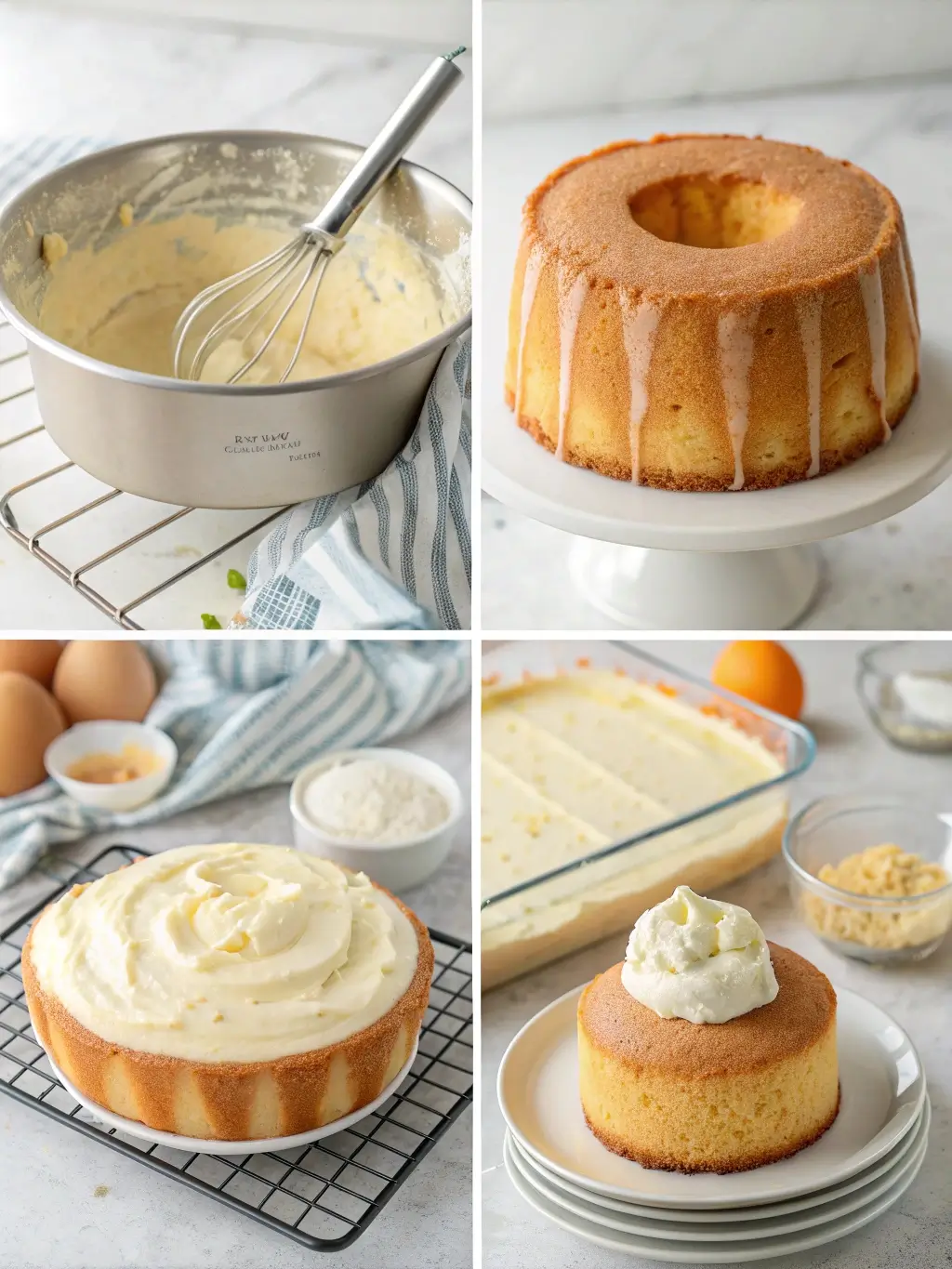
Step 1: Prepare Your Baking Environment
Preheat your oven to 325°F and position the rack in the lower third position. Grease a 9×5-inch loaf pan thoroughly with butter and dust with flour, ensuring complete coverage to prevent sticking. This lower temperature and positioning creates even heat distribution, preventing the common issue of over-browning while maintaining a moist interior.
Step 2: Cream Butter and Sugar to Perfection
Using a stand mixer with paddle attachment, cream room-temperature butter for two minutes until light and fluffy. Gradually add sugar while mixing on medium speed, continuing for an additional 4-5 minutes until the mixture appears pale yellow and noticeably increased in volume. This extended creaming process incorporates essential air bubbles that create the cake’s signature texture.
Step 3: Incorporate Eggs with Precision
Add eggs one at a time, beating thoroughly after each addition until fully incorporated before adding the next. This gradual incorporation prevents the mixture from breaking and ensures smooth, homogeneous batter consistency. Allow each egg to reach room temperature beforehand for optimal emulsification.
Step 4: Combine Dry Ingredients Strategically
In a separate bowl, whisk together sifted flour and salt. Add dry ingredients to the butter mixture in three additions, alternating with milk in two additions. Begin and end with flour mixture, mixing just until combined after each addition. Overmixing at this stage develops excessive gluten, resulting in tough texture.
Step 5: Add Flavor Enhancement
Fold in vanilla extract using gentle motions that preserve the batter’s delicate structure. For variation, this is the optimal stage to incorporate citrus zest, spices, or extracts that complement the base flavor profile.
Step 6: Achieve Perfect Baking Results
Pour batter into the prepared pan, smoothing the surface gently with an offset spatula. Bake for 60-75 minutes, testing for doneness with a wooden skewer inserted into the center. The cake is complete when the skewer emerges with just a few moist crumbs attached, and the top springs back lightly when touched.
Step 7: Cool for Optimal Texture
Allow the cake to cool in the pan for 15 minutes before inverting onto a wire rack. Complete cooling takes an additional 30 minutes and is essential for proper crumb structure development. Cutting too early results in dense, gummy texture.
Nutritional Information
Understanding the nutritional profile of pound cake enables informed consumption choices and supports dietary planning for various health objectives.
Per Serving (1 slice, recipe yields 12 servings):
- Calories: 285
- Total Fat: 12g (18% Daily Value)
- Saturated Fat: 7g (35% Daily Value)
- Cholesterol: 85mg (28% Daily Value)
- Sodium: 145mg (6% Daily Value)
- Total Carbohydrates: 42g (15% Daily Value)
- Dietary Fiber: 1g (4% Daily Value)
- Sugars: 28g
- Protein: 5g (10% Daily Value)
- Vitamin A: 8% Daily Value
- Iron: 6% Daily Value
These values reflect the traditional recipe using standard ingredients. The relatively high caloric density makes portion control important for weight management, while the protein content from eggs and moderate carbohydrate levels provide sustained energy release.
Healthier Alternatives for the Recipe
Modern dietary awareness opens opportunities to modify traditional pound cake recipes while preserving essential flavor characteristics and textural appeal.
Reduced-Sugar Modifications: Replace half the granulated sugar with unsweetened applesauce or mashed banana, reducing overall calories by approximately 15% while adding natural fiber and potassium. Stevia-based sugar substitutes work effectively at one-third the original sugar quantity.
Enhanced Nutritional Profile: Substitute one-third of all-purpose flour with almond flour or whole wheat pastry flour to increase protein content and add beneficial minerals. Greek yogurt can replace up to half the butter, significantly reducing saturated fat while maintaining moisture.
Antioxidant Enrichment: Incorporate fresh berries, citrus zest, or cocoa powder to boost antioxidant levels without compromising structural integrity. These additions provide natural sweetness that allows for sugar reduction while enhancing nutritional density.
Serving Suggestions
Thoughtful presentation elevates pound cake from simple dessert to memorable culinary experience, with versatile serving options accommodating diverse preferences and occasions.
Classic Presentations: Serve thick slices alongside fresh seasonal berries and lightly sweetened whipped cream for elegant simplicity. Dusting with powdered sugar creates visual appeal while adding subtle sweetness enhancement.
Creative Transformations: Transform day-old pound cake into French toast by soaking slices in vanilla custard mixture and pan-frying until golden. This technique creates exceptional texture contrast between crispy exterior and custardy interior.
Seasonal Adaptations: During summer months, grill pound cake slices briefly to create caramelized surfaces that pair beautifully with stone fruits and vanilla ice cream. Winter presentations benefit from warm compotes made with dried fruits and warming spices.
Common Mistakes to Avoid
Recognizing and preventing frequent baking errors ensures consistent success and eliminates frustration associated with disappointing results.
Temperature-Related Issues: Using cold ingredients represents the most common mistake, preventing proper emulsification and resulting in dense, heavy texture. All dairy products and eggs should reach room temperature before beginning preparation, typically requiring 2-3 hours outside refrigeration.
Mixing Technique Errors: Overmixing after flour addition develops excessive gluten strands, creating tough, chewy texture instead of tender crumb. Mix only until ingredients are just combined, accepting some minor flour streaks rather than achieving complete uniformity.
Oven Management Problems: Opening the oven door frequently during baking causes temperature fluctuations that result in uneven rising and potential collapse. Use the oven light for monitoring progress and avoid opening until the minimum baking time has elapsed.
Storing Tips for the Recipe
Proper storage techniques preserve pound cake quality and extend freshness duration, maximizing enjoyment value from your baking investment.
Short-Term Storage: Wrap cooled pound cake tightly in plastic wrap or store in airtight containers at room temperature for up to five days. The high butter content acts as a natural preservative while maintaining moisture levels.
Long-Term Preservation: Freeze whole or sliced pound cake wrapped in aluminum foil and sealed in freezer bags for up to three months. Thaw overnight in refrigerator before serving, or toast frozen slices directly for quick preparation.
Quality Maintenance: Store unfrosted pound cake at room temperature to prevent condensation formation that compromises texture. Glazed versions require refrigeration after the first day to prevent spoilage while maintaining food safety standards.
Conclusion
Mastering pound cake recipes requires understanding ingredient interactions, precise timing, and proven techniques that consistently deliver exceptional results. The seven methods outlined provide comprehensive guidance for achieving professional-quality outcomes while accommodating various skill levels and dietary preferences through thoughtful modifications and alternatives.
Try this recipe today and share your results in the comments below. Subscribe to our newsletter for weekly baking inspiration and exclusive recipe updates delivered directly to your inbox.
FAQs
Q: Why did my pound cake turn out dense and heavy? A: Dense texture typically results from cold ingredients preventing proper creaming, overmixed batter developing excessive gluten, or insufficient leavening from under-creamed butter and sugar. Ensure all ingredients reach room temperature and cream butter thoroughly.
Q: Can I make pound cake without a stand mixer? A: Yes, though hand mixing requires significantly more time and effort. Use an electric hand mixer for best results, creaming butter and sugar for 8-10 minutes instead of the typical 5 minutes with a stand mixer.
Q: How do I know when my pound cake is properly baked? A: Insert a wooden skewer into the center; it should emerge with a few moist crumbs attached. The top should spring back lightly when touched, and the edges should just begin pulling away from pan sides.
Q: What causes pound cake to crack on top during baking? A: Surface cracking occurs when oven temperature is too high or the cake rises too quickly. Reduce temperature by 25°F and ensure proper rack positioning in the lower third of the oven for even heat distribution.
Q: Can I add mix-ins like chocolate chips or nuts to pound cake? A: Yes, fold in up to 1 cup of mix-ins after adding flour but before final mixing. Toss additions in flour first to prevent sinking during baking and ensure even distribution throughout the finished cake.



